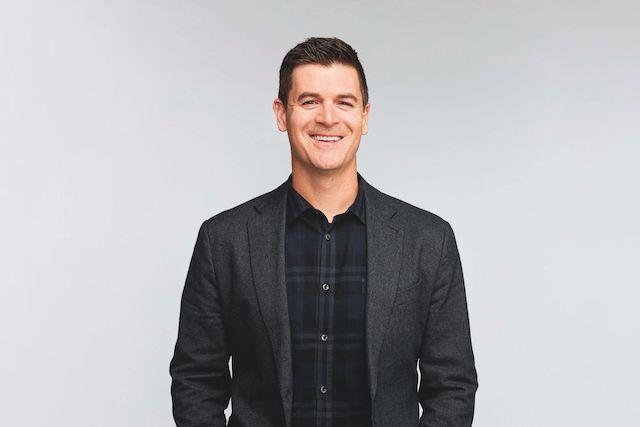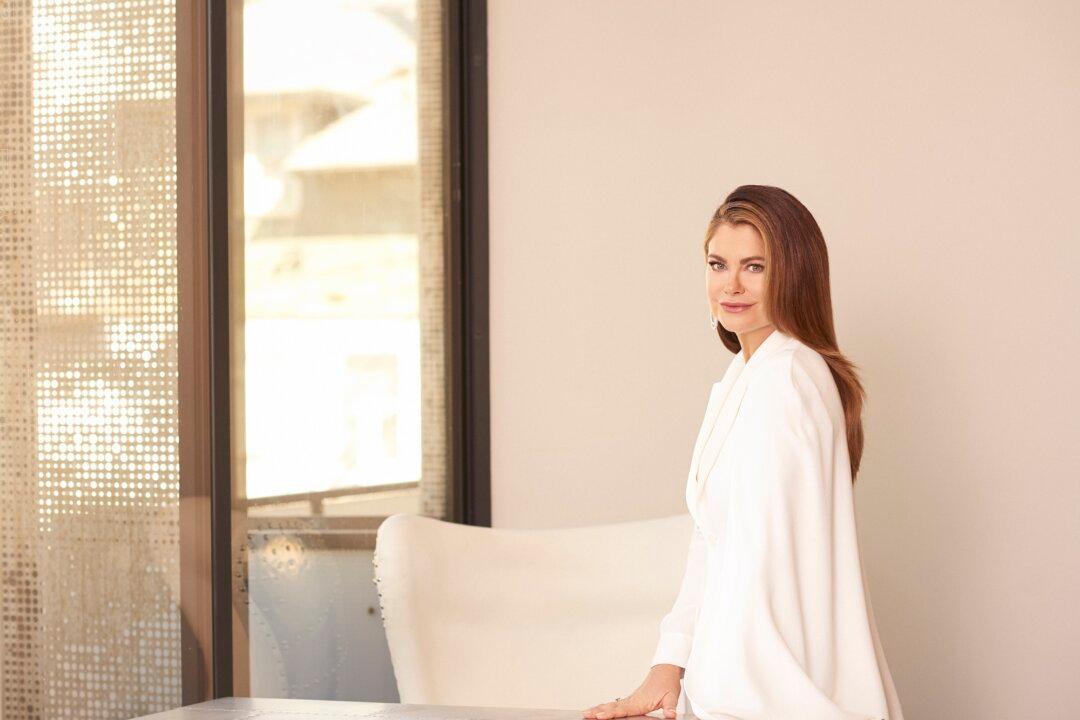Successful people at the pinnacle of their careers often find themselves juggling more things at home and at work and struggling with stress. But what if anxiety could be transformed into an asset? Dr. Chloe Carmichael, the author of the self-help book “Nervous Energy,” said there are ways and tools to redirect anxiety into productive change.
“A lot of people don’t understand that anxiety does have a healthy function, which is to stimulate preparation behaviors,” Carmichael said. When patients ask her to help them get rid of their anxiety, she explains it would be like asking to get rid of all their body fat. In other words, she said, “it’s true that if it becomes excessive, it can be unhealthy, but we actually need certain amounts of it in order to function at our best.”






